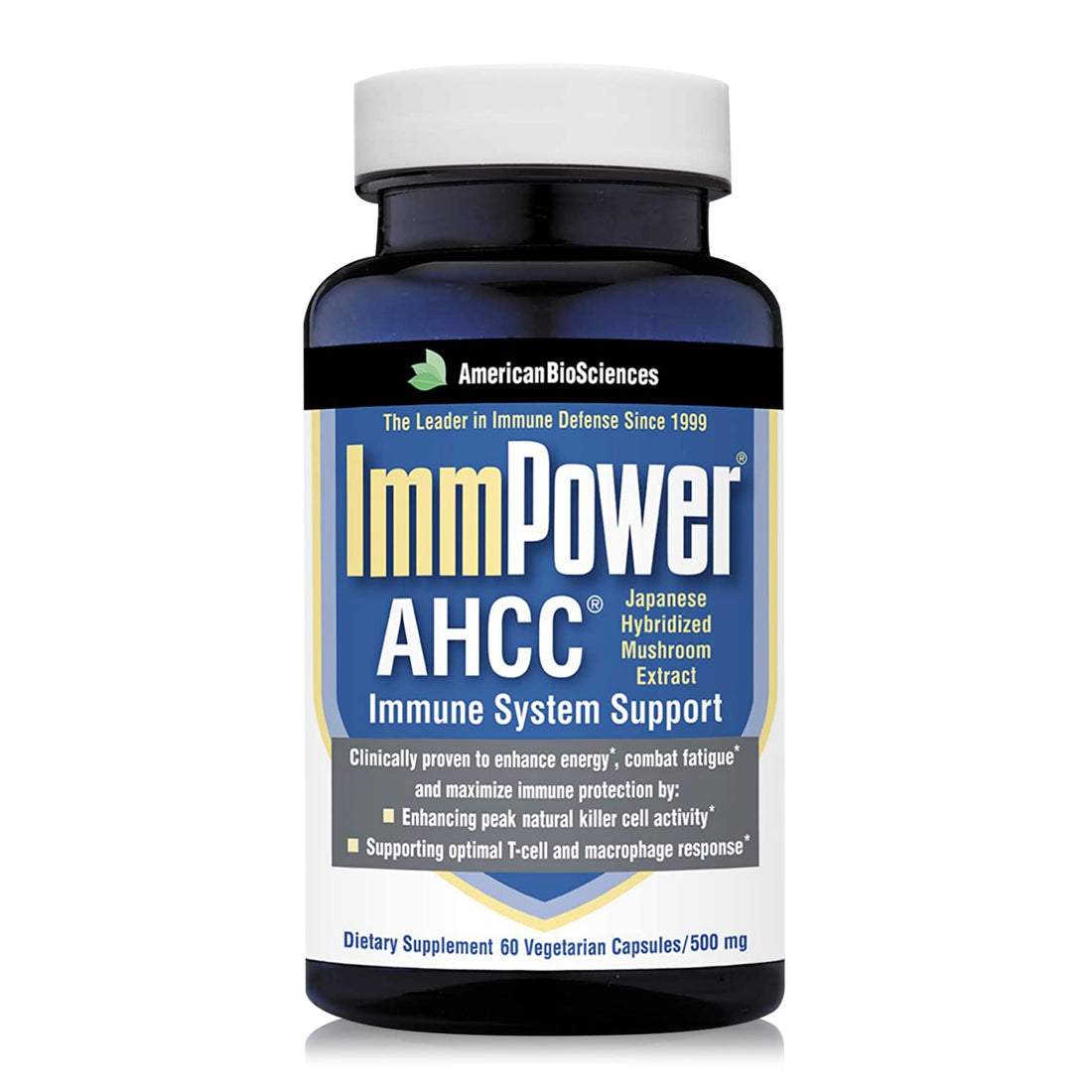If you have children or are providing care for children, Halloween can be a stressful time of year. There are many safety concerns and risks during traditional trick-or treating, but these tips can help you navigate Halloween with kids more easily and safely.
Masks
Masks can limit visibility and restrict breathing. Masks also severely limit peripheral vision, which is dangerous since your child needs to be able to see cars when crossing the street while trick-or-treating. If your child wants to wear a mask with their costume, try and find a half mask so that they can breathe and see more easily. Masks that cover only half the face tend to be flatter across the face, which also allows your child to see better that ones that encircle the entire head.
Face paint
Before going all out with the face paint, make sure you or your child won’t have an allergic reaction! Not all face paints are made with safe ingredients. While that cheap face paint from the dollar store might be within budget, it might also contain harmful ingredients that can cause a rash, breakout, or worse. Check the ingredients for any and all cosmetics before purchasing.
After purchasing, test the face paint out on the back of your hand or some other small patch. Wait a few hours and see how your skin reacts. If it looks red, blotchy, itches, or you experience any other symptoms of discomfort, don’t use it! It’s better to toss the offending face paint or makeup and lose out on a few bucks than risk using it and spending hundreds or thousands at the dermatologist.
Costume color
While black is one of the most common colors in many spooky costumes (witches, vampires, and skeletons come to mind), it’s also hardest to see at night. Children (and adults!) dressed in dark
costumes are harder to see at night, increasing the risk for getting hit by a car while out trick-or-treating. Bright colored costumes, like a Day-Glo 80s themed costume, are much easier to see at dusk or night.
If your kid insists on wanting to dress in an all-black ensemble, meet in the middle by having them wear a reflective vest or some other sort of reflective gear over it. Everyone should also carry a flashlight after dusk to limit trips and falls and increase visibility to drivers and others. Just make sure to not shine that flashlight in people’s eyes as that can be just as dangerous as no flashlight at all!
Alternatives to trick or treating
Trunk-or-treat events are increasingly popular. Many local churches, schools, and other community centers are holding trunk-or-treat events in place of traditional trick-or-treating. People will hand candy out of the trunks of their cars in a designated area so that kids can go from car to car in a lot. This controlled event allows kids to get their free candy without the risk of being run over or otherwise harmed. You can also host a Halloween party instead of trick-or-treating and layout bowls of candy (and
healthier alternatives, like popcorn or crudité) in a supervised environment. There are many ways to have fun on Halloween that don’t involve trick-or-treating.










